Syrian Arab Fighters Battle IS for Revenge
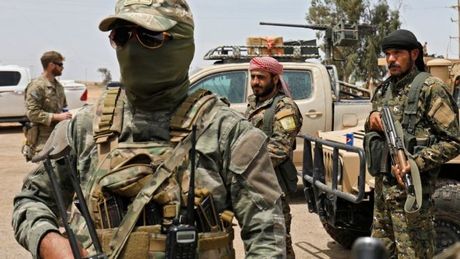
AFP
Near the front line in eastern Syria, Amer Khalifa plays with a sword he found. To "avenge" his family, he has joined a Kurdish-led alliance fighting the Islamic State group.
The 22-year-old is one of numerous members of the Shaytat tribe who have joined the fight to flush out the jihadists from a shrinking enclave near the Iraqi border.
Backed by US-led coalition air strikes, they have confined the extremists to a final pocket spanning just four square kilometres (one and a half square miles) on the Euphrates River in Deir Ezzor province.
"I want to avenge my brother and my relatives," Khalifa says.
"I will fight to the bitter end of the battle, and then I'll hunt down their sleeper cells," says the Deir Ezzor native.
IS swept across large swathes of Syria and neighbouring Iraq in 2014 and proclaimed an "caliphate" that at its peak reached the size of Britain.
As they rampaged across Deir Ezzor, IS fighters massacred more than 900 members of the Arab Shaytat tribe.
That summer, Khalifa's 26-year-old brother, his maternal uncles, and a cousin on his father's side all went missing.
The young fighter believes IS killed them.
He joined the Kurdish-led SDF in the neighbouring northeastern province of Hasakeh in late 2016, after escaping his IS-controlled home village of Abu Hamam.
- 'Watch out' -
But still he has heard nothing of his relatives, nor found their remains in any of the mass graves the IS group left in its wake.
In December 2014, one such death pit was discovered, its belly containing the bodies of 230 Shaytat tribe members -- but not Khalifa's brother or relatives.
IS has been ousted from nearly all of its once sprawling proto-state in multiple offensives by various state and non-state parties, including the SDF, formed with US-led support in 2015.
Of the SDF's around 30,000 fighters, some 5,000 are from local Sunni Arab tribes. The force also includes Christians and ethnic Turkmen as well as its core Kurdish fighters.
On the east bank of the Euphrates River, in the village of Baghouz near the front line, Arab fighters have set up posts inside modest one-storey homes.
Among them, Abu Zeid, a fighter in his late thirties, scrutinises the distance to the nearest possible jihadist.
He has a glass eye in his right socket but his left eye is sharp.
"Watch out, between the trees," he warns journalists.
"They're on the white dirt road... Look, they're behind the pillars," says the fighter in uniform, an olive-coloured scarf tied around his head.
He speaks excitedly about the latest developments in battle, and the nearing end of IS territorial control.
- 'Grief has become normal' -
But when he is asked about what brought him to the front, he becomes silent.
He too lost relatives from the Shaytat tribe after IS overran his hometown but refuses to recount what happened.
After a pause, he says: "Whatever, it's all so normal. Even my grief has become normal."
As soon as they hear gun or artillery fire against the jihadists on the edges of Baghouz, the US-backed fighters scuttle from one terrace to the next to get a better view.
The SDF have whittled away at the last IS territory east of the Euphrates in a major offensive launched in September.
The alliance's commander in chief last week said he expected to announced the demise of their "caliphate" within a month, before pursuing remaining sleeper cells.
IS has retained a presence in the vast virtually unpopulated desert to the west, and has claimed several deadly attacks in SDF-held territory in recent weeks.
In a building under construction in Baghouz, Khalifa sits with fellow Shaytat tribesmen around a small fire, heating a blackened kettle to make tea.
Asked about why he is fighting the jihadists, he echoes the answer of his fellow Arab combatants.
"We want revenge," he says.
Latest News
 Safadi discusses war on Gaza with French, German delegations
Safadi discusses war on Gaza with French, German delegations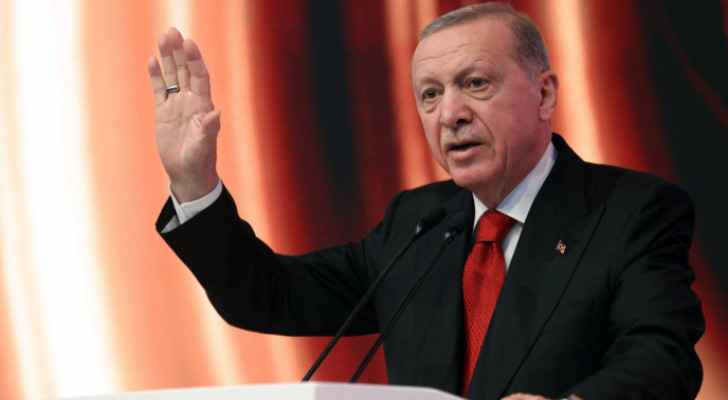 Erdogan arrives in Baghdad for first official visit since 2011
Erdogan arrives in Baghdad for first official visit since 2011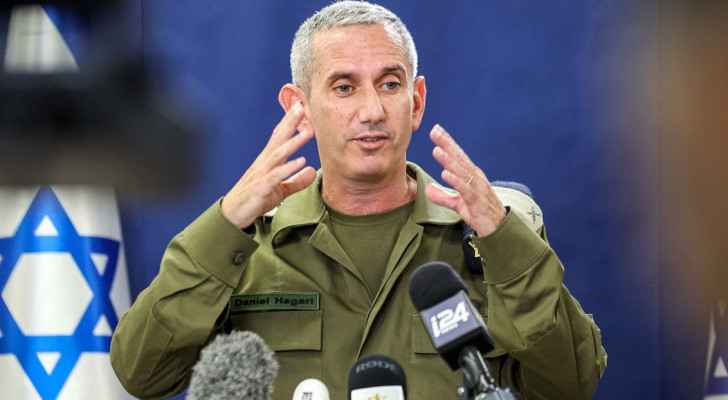 “Israeli” army says it approved plans for “continuation of war in Gaza”
“Israeli” army says it approved plans for “continuation of war in Gaza”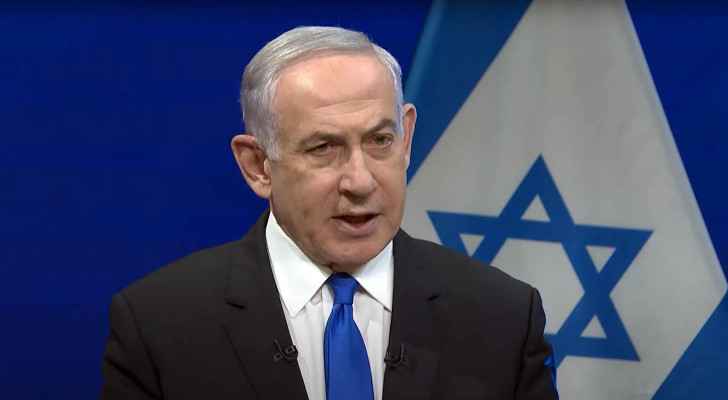 Netanyahu vows to increase military pressure on Hamas
Netanyahu vows to increase military pressure on Hamas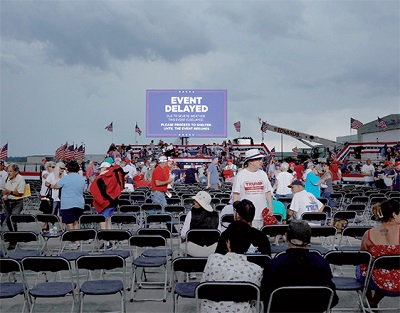 Trump postpones first rally since trial began, due to bad weather
Trump postpones first rally since trial began, due to bad weather
Most Read Articles
- Turkey’s Erdogan in rare Iraq visit to discuss water, oil, security
- Safadi discusses war on Gaza with French, German delegations
- Prosecution lays out ‘criminal conspiracy’ in historic Trump trial
- King from Madaba: Jordan has always proven its ability to move forward with persistence of Jordanians
- Jordan sends 51-truck aid convoy to Gaza
- German envoy for Middle East hails Jordan’s role in Gaza aid
- FAO organises workshop on ecosystem-based water solutions
- Japan hands over ultrasound equipment to the JNRCS
- Jordan applauds Azerbaijan-Armenia border agreement
- US Supreme Court weighs ban on homeless people sleeping outside